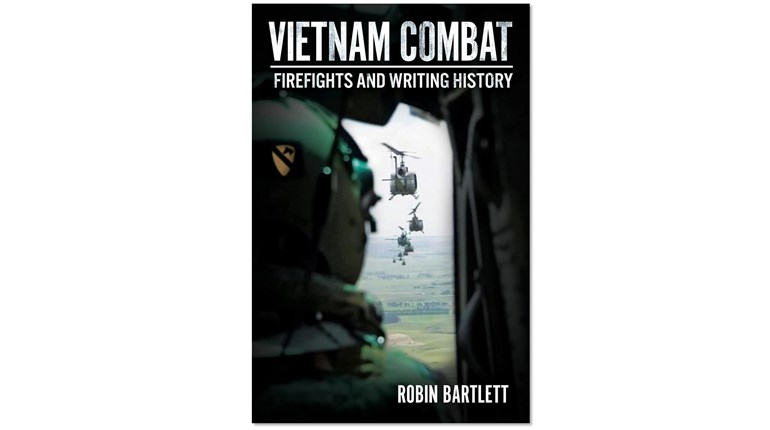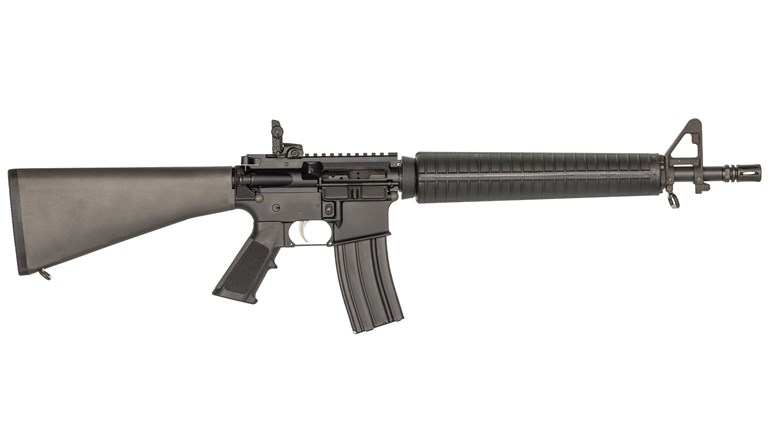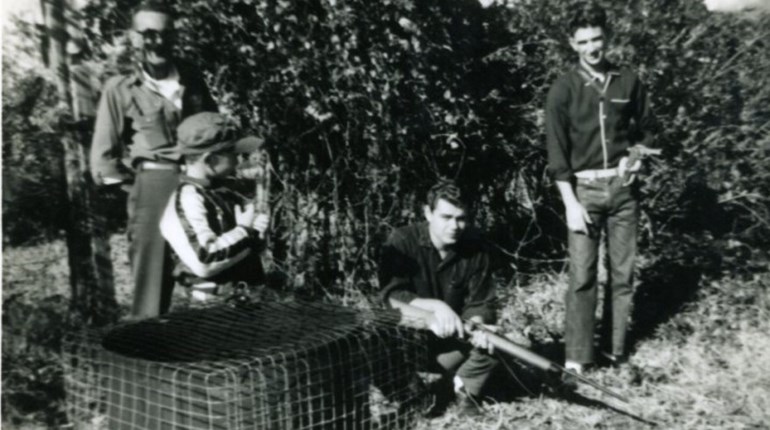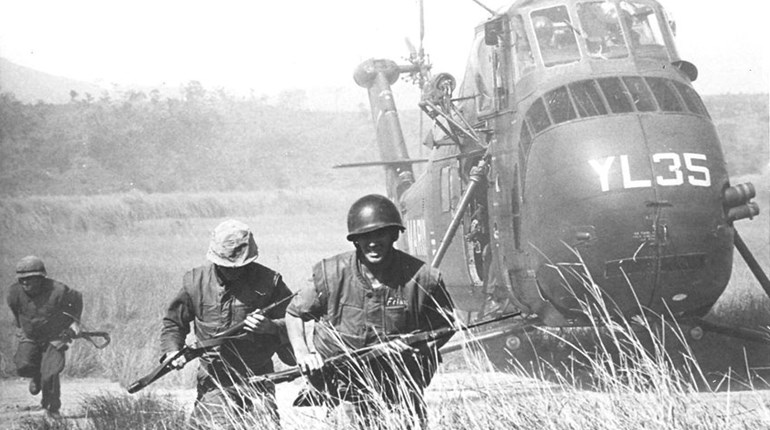
Forty-three years ago this week, the 37th U.S. president got really tee’d off. Derided at the time, and largely forgotten today, the actions that stemmed from his fury achieved startlingly rapid results and, just maybe, have important lessons for the present day.

The math isn’t rigorous in either sense: The president was Richard Nixon, and the year was 1972. Though we didn’t know it at the time, the Vietnam War was very nearly over, at least in terms of widespread U.S. military participation. Although negotiations in some form or intensity had been going on through most of Nixon’s first term (beginning in January 1969), progress often seemed “two steps forward and two steps back,” and American sons (and daughters) were still dying far from home. Despite seemingly endless patience and effort from Nixon’s Secretary of State Henry Kissinger, only very close observers were convinced that negotiations were finally going to bear fruit. The average American could hardly be blamed for skepticism, given the months lost to idiocy like the shape of the table at the Paris negotiations.
Secretary Kissinger thought he had a deal in October: It seemed a rare case where the crafty Kissinger had finally worn down the North Vietnamese. A date was even set for document signing in Hanoi, North Vietnam, on Oct. 31.
But the devil, as the saying goes, is in the details, and so it proved: Small changes on both sides increasingly rankled the other, and by late November, Kissinger again believed the North Vietnamese were stalling by withdrawing earlier concessions that South Vietnam’s government had sought. A last-ditch set of negotiations broke down on Dec. 16 as the North “stone-walled from beginning to end.”
President Nixon had been monitoring events closely, and was apparently furious. At the president’s direction, Kissinger warned the North of “grave consequences” should they not return to the negotiating table.
Amid incessant media braying for peace at nearly any cost—including the sacrifice of the whole of South Vietnam to the Communist North—and a hostile incoming Congress set to arrive in Washington in a few weeks, Nixon ordered the Strategic Air Command (SAC) to unleash Operation Linebacker II—the essentially unrestricted bombing of targets in the North.Intelligence, however, told a very different story: Hundreds of rail line cuts, millions of gallons of petroleum products and 80 percent of the North’s power generation capacity were just the beginning of North Vietnamese losses.
SAC had 207 Boeing B-52 Stratofortresses to throw into the fray. Based at Andersen Air Force Base (Guam, with 153) and U-Tapao Royal Thai Air Force Base (54), the premier heavy bomber of the era would be assailing the capital city of Hanoi, and the major port of Haiphong. With the possible exception of Moscow, this constituted the most heavily defended airspace in the world. And all on only three days’ planning.
Despite the excellence of the Boeing aircraft, SAC had many concerns about the raids. Slightly more than half the USAF “BUFFs” were older “D” models—less efficient engines gave them shorter range, but their electronic countermeasures (ECM) suite was better. Newer B-52Gs were reserved for longer target routings, but their less effective ECM systems made them more vulnerable. Both would face air-to-air attacks from North Vietnamese MIGs, as well as huge numbers of Russian-supplied SA2 “Guideline” surface-to-air missiles guided at the bombers up to three at a time by “Fan Song” radars.
On the night of Dec. 18, Linebacker II began. A total of 129 bombers attacked from both the Guam and U-Tapao bases. ‘D’s could carry up to 108 500-pound bombs (thirteen and a half times the capacity of a World War II-vintage B-17 “Flying Fortress”), and targets consisted of three airfields—in the hope of hampering NVAF fighters—and military stores around Hanoi. The North Vietnamese missile batteries lofted 68 SA-2s, and succeeded in downing three B-52s. A NVAF MIG-21 was shot down by a BUFF tailgunner.
SAC would revise strategy several times over the next week and a half to reduce losses. In the 11 days of the operation, 729 total sorties were flown and 15,237 tons of bombs delivered, but at the cost of 12 more BUFFs. Though numerically small by World War II standards, the Stratofortress losses were deeply unwelcome: Each and every one was irreplaceable (production had ceased in 1963), and with a crew of six or seven each (31 of whom died), aircrew losses were similarly disheartening. With a brief stand-down at Christmas, missions continued until Dec. 29, though by that time there were few consequential targets left to strike.
On Dec. 26, the North Vietnamese had signaled their willingness to return to negotiations, and President Nixon ordered a halt to the bombing two days later. North Vietnam and (often-denied) allies like the Soviet Union and China continued to renounce the operation, and steadfastly asserted no relationship between Linebacker II and their return to the Paris talks. Intelligence, however, told a very different story: Hundreds of rail line cuts, millions of gallons of petroleum products and 80 percent of the North’s power generation capacity were just the beginning of North Vietnamese losses. Haiphong—some 80 miles east of Hanoi and the North’s largest port—handled 160,000 tons of freight per month before Linebacker II, and only about 30,000 afterwards.
In our retrospective of Linebacker II, American Warrior has the luxury of an eyewitness account on which to rely. During a conversation (circa 1986) with Brig. Gen. David W. Winn, (USAF) F-105 pilot, Vietnam-era prisoner of war and “Hanoi Hilton” captive in 1972, he recalled Linebacker II vividly, painting an expert, insider’s picture of effects on the ground:
“When the B-52s appeared over Hanoi, I knew we were going home: They’d sent up the battleships. The soldiers who guarded us, tough Communists who’d known nothing but war all their lives—some of them, we knew, had fought the French—were utterly terrified. Some could literally not control their bodily functions. The bombs just kept falling and falling and falling. I took the first opportunity I had to tell Gen. Meyer (John C., Commander of the Strategic Air Command, and a friend of General Winn’s), ‘Thank you, sir; your men brought us home.’”
Eleven days. We wonder if our nation’s present enemies might not react similarly to those long ago and far away adversaries when faced with unflagging American resolve.


































